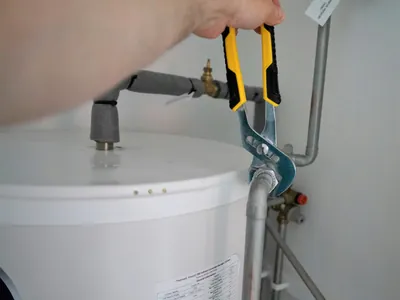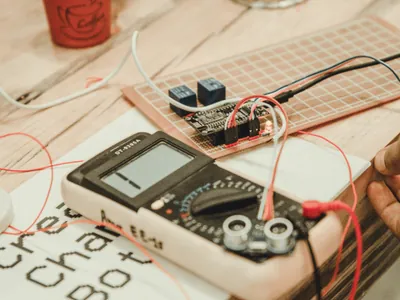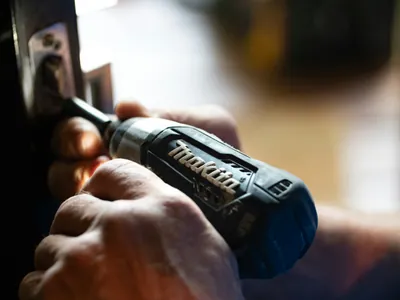Kitchen sink drains are among the most heavily used plumbing fixtures in your home. Proper maintenance can prevent clogs, odors, and costly repairs while keeping your kitchen functioning smoothly.
🧽 Prevention is Key: Regular maintenance prevents most kitchen sink problems before they start.
🚰 Understanding Kitchen Drain Systems
Kitchen sinks have complex drainage systems that include multiple components working together to remove waste and prevent clogs:
🍽️
Strainer Basket: Catches large food particles and debris before they enter the drain
🔧
P-Trap: U-shaped pipe that holds water to prevent sewer gases from entering your home
🌊
Drain Line: Main pipe that carries wastewater to the sewer or septic system
💨
Vent Pipe: Allows air to enter the drain system for proper water flow
🧽 Daily Maintenance Practices
Simple daily habits can significantly extend the life of your kitchen drain and prevent problems:
1
Use the Strainer: Always use the strainer basket to catch food particles and debris
2
Scrape Plates: Scrape food scraps into the trash or compost before washing dishes
3
Run Hot Water: Run hot water for 30 seconds after each use to flush away grease and debris
4
Clean Strainer: Empty and clean the strainer basket regularly to prevent buildup
🧼 Weekly Deep Cleaning
Weekly maintenance helps prevent grease buildup and keeps your drain smelling fresh:
1
Baking Soda and Vinegar: Pour 1/2 cup baking soda followed by 1/2 cup vinegar, let sit 15 minutes, then flush with hot water
2
Boiling Water: Pour a pot of boiling water down the drain weekly to dissolve grease buildup
3
Dish Soap Flush: Add a few drops of dish soap and run hot water for several minutes
🚫 What NOT to Put Down the Drain
Prevent clogs by avoiding these common drain-clogging items:
❌
Grease and Oil: Never pour cooking grease, oil, or fat down the drain - it solidifies and causes clogs
❌
Food Scraps: Avoid putting coffee grounds, eggshells, or fibrous foods down the drain
❌
Starchy Foods: Rice, pasta, and potato peels expand in water and can cause blockages
❌
Non-Food Items: Never put paper towels, wipes, or other non-biodegradable items down the drain
🔧 DIY Clog Removal
If your kitchen drain becomes clogged, try these methods before calling a professional:
1
Plunger Method: Use a cup plunger with petroleum jelly around the rim for better suction
2
Baking Soda and Salt: Mix 1/2 cup each of baking soda and salt, pour down drain, then add boiling water
3
Drain Snake: Use a flexible drain snake to break up clogs in the P-trap or drain line
4
P-Trap Cleaning: Remove and clean the P-trap if the clog is in the trap itself
🛠️ When to Call a Professional
Some situations require professional attention to avoid causing further damage:
⚠️
Persistent Clogs: If DIY methods don't work, there may be a deeper blockage in the main line
💧
Multiple Drain Issues: If multiple drains are slow, the problem may be in the main sewer line
🔧
Foul Odors: Persistent bad smells may indicate a broken vent pipe or sewer line issue
💡 Advanced Prevention Tips
Go beyond basic maintenance with these advanced techniques:
🌡️
Install a garbage disposal to break down food scraps before they enter the drain
🧽
Use enzyme-based drain cleaners monthly to break down organic buildup
🔍
Consider installing a grease trap if you do a lot of cooking with oils and fats
💧
Run cold water when using the garbage disposal to solidify grease for easier grinding
Conclusion: Proper kitchen sink maintenance is simple but essential. By following these practices, you can prevent most drain problems and keep your kitchen functioning smoothly. When problems do arise, don't hesitate to call The Box Advantage Group for professional assistance.


